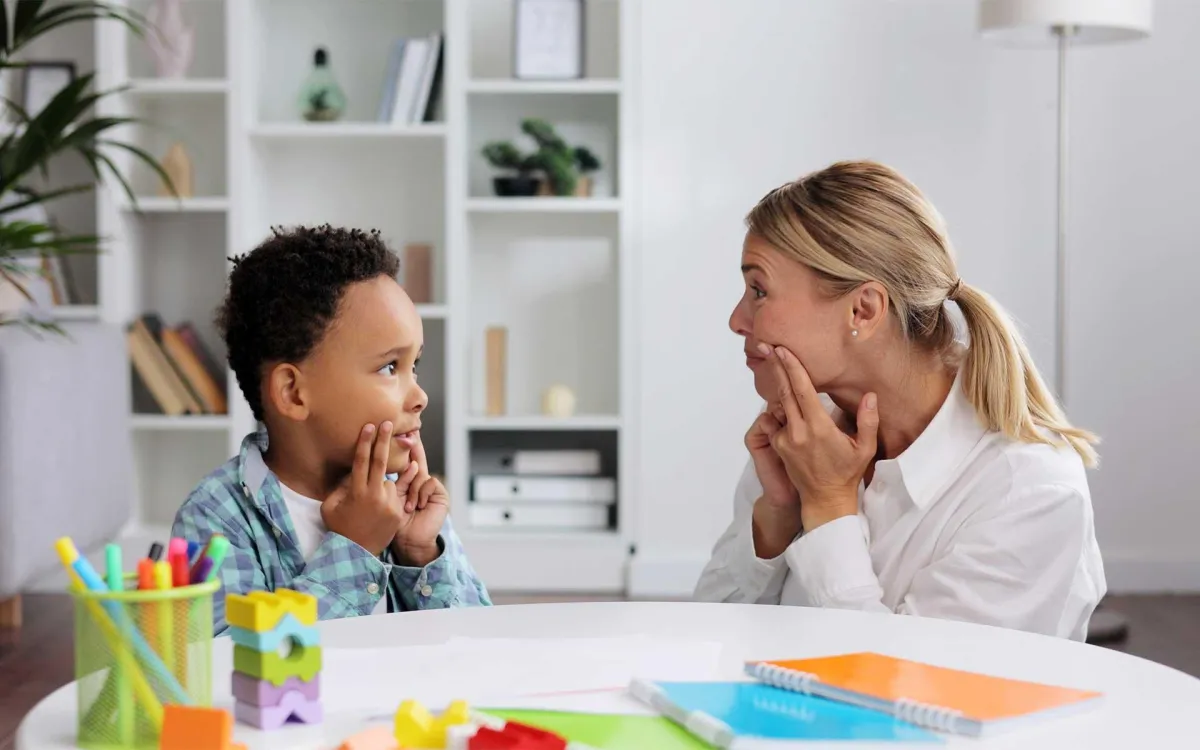Harmony in
Neurodiversity
THE BLOG
Welcome to Harmony in Neurodiversity, a blog dedicated to exploring the profound impact of music and positive parenting strategies on the lives of neurodivergent individuals. Join Samantha, a board-certified Neurologic Music Therapy fellow and a passionate Positive Discipline Parent Educator, as she shares her expertise in leveraging the power of music and effective parenting approaches to support and empower neurodiverse communities.
In her blog posts, Samantha delves into the intricate connections between music and the brain. She explores how specific musical elements and interventions can enhance cognitive functions, regulate emotions, improve communication, and promote social interaction among neurodivergent individuals. Through insightful articles and case studies, she demonstrates how rhythm, melody, and lyrics can serve as powerful tools for therapeutic interventions, fostering growth and self-expression.
Positive Discipline Parenting Strategies:
Drawing from her expertise as a Positive Discipline Parent Educator, Samantha sheds light on nurturing positive relationships between parents and neurodivergent children. Her blog offers practical advice, evidence-based strategies, and real-life anecdotes that empower parents and caregivers to cultivate respectful, encouraging, and effective parenting techniques. From setting clear boundaries to fostering a supportive environment, Samantha guides readers in navigating the challenges and joys of parenting neurodiverse children.
Exploring Intersectionality:
Samantha doesn't limit her discussions to singular approaches. Instead, she delves into the intersectionality of Neurologic Music Therapy and Positive Discipline Parenting, illustrating how these methodologies complement each other. Through her insightful content, she showcases how the harmonious integration of music-based interventions and positive parenting strategies can create holistic support systems for neurodivergent individuals, promoting their well-being and personal growth.
Community Engagement and Resources:
Additionally, Samantha fosters a vibrant online community where readers can engage, share experiences, and seek advice. She curates a wealth of resources, including recommended readings, workshops, and practical tools, empowering her audience to implement valuable insights into their lives effectively.

How Occupational Therapy Can Help Your Neurodivergent Child Thrive
If you're raising a neurodivergent child, especially one with ADHD or autism, you’ve probably run into challenges that other parents might not fully understand. Things like transitions that lead to meltdowns, struggles with dressing or feeding, or an intense reaction to textures, sounds, or movement.
These aren’t “bad behaviors.” They’re signals. One of the most supportive tools I’ve found for understanding and addressing these signals is occupational therapy (OT).
When one of my sons was a baby and toddler he was so sensory avoidant that he couldn’t touch anything messy, not even shaving cream or dirt. It affected his life in many ways and was disruptive. To help him with this I sought out an occupational therapy assessment. After working with the right occupational therapist, not only could he tolerate these textures, he asked to play with them. It was a huge moment when he was in the bathtub and asked to play with shaving cream.
Later, as my kids grew, OT has helped with emotional regulation, motor coordination, and building independence. Now all three of my kids go to OT and are thriving with that support.
What Is Occupational Therapy?
Occupational therapy helps kids build the skills they need for everyday life: getting dressed, playing, eating, learning, managing emotions, and interacting with their environment. But it’s more than just teaching routines—it’s about supporting the whole child: body, brain, environment, and emotional state.
Unlike some therapies that focus solely on behavior, OT takes a regulation-first approach. This is critical for neurodivergent kids whose sensory and emotional systems may be working overtime just to get through the day.
What Occupational Therapy Can Help With
If you’re wondering what OT actually does, here are some of the common goals therapists work on with autistic and ADHD children:
Sensory regulation: Helping your child tolerate textures, manage noise, or get the movement input they need
Emotional regulation: Using tools to calm down, recognize feelings, and increase flexibility with routines
Motor skills: Improving balance, coordination, pencil grip, and fine motor tasks like buttoning shirts
Executive functioning: Teaching strategies to start tasks, follow directions, and organize materials
Daily living skills: Brushing teeth, dressing, feeding, and building overall independence
It’s Not About “Fixing” Kids
This part is important: occupational therapy, like any therapy, isn’t about changing who your child is. It’s about giving them tools to thrive, to feel comfortable in their body, to build confidence, and to participate in the world without constant overwhelm.
That’s why finding the right therapist matters. Every plan should be personalized, because (as I always say) every brain is different.
If your child struggles with daily routines, sensory processing, or emotional regulation, I highly recommend looking into an OT assessment. It could be the key to helping your child feel more at home in their body and in their world.
Want to hear more? I shared personal stories and practical takeaways on this topic in my episode 101 of the Every Brain is Different Podcast.
Have you tried occupational therapy for your child? What’s been helpful for you?
Let me know in the comments or reach out. I’d love to hear your story.


